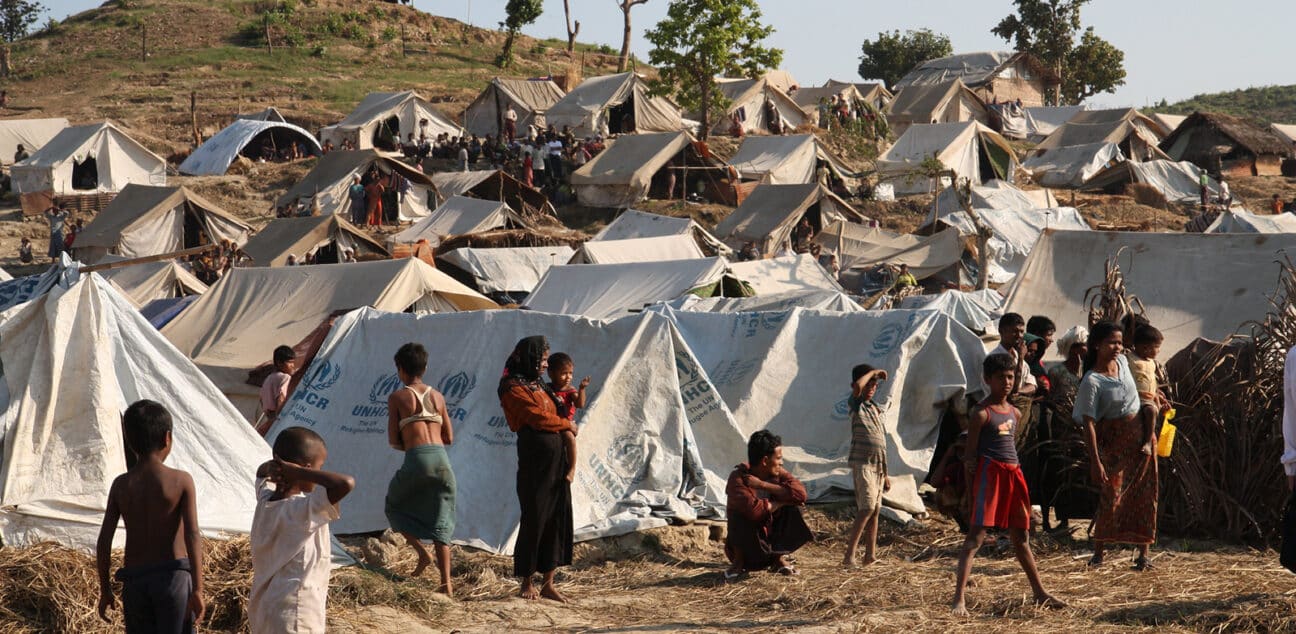Building resilience in fragile contexts
How can peace, humanitarian and development approaches connect better in practice?
Type
ReportWithout action, more than 80% of the world’s poorest people will be living in fragile contexts by 2030.
In a context of increasing conflict and a concentration of extreme poverty in fragile and conflict-affected contexts, we need to understand how resilience can be built most effectively in places characterised by protracted and cyclical crises. Strengthened policy and operational coherence by humanitarian, development and peace actors will be essential.
To this end, the Bond Resilience Learning Group brought together diverse speakers from these fields to create a platform for information sharing, discussion and reflective learning. The discussions addressed a number of thematic topics that resonate for the sector as we grapple with the challenge of building resilience in fragile contexts, and what it means, practically, to work in the context of the ‘triple nexus’ :
- Locally-led approaches to working in fragile contexts
- Joint context analysis to shape integrated programming
- What needs to change in our operating model?
Read the full report below and find out more.
Join the Bond Resilience Learning Group and join the discussion.

